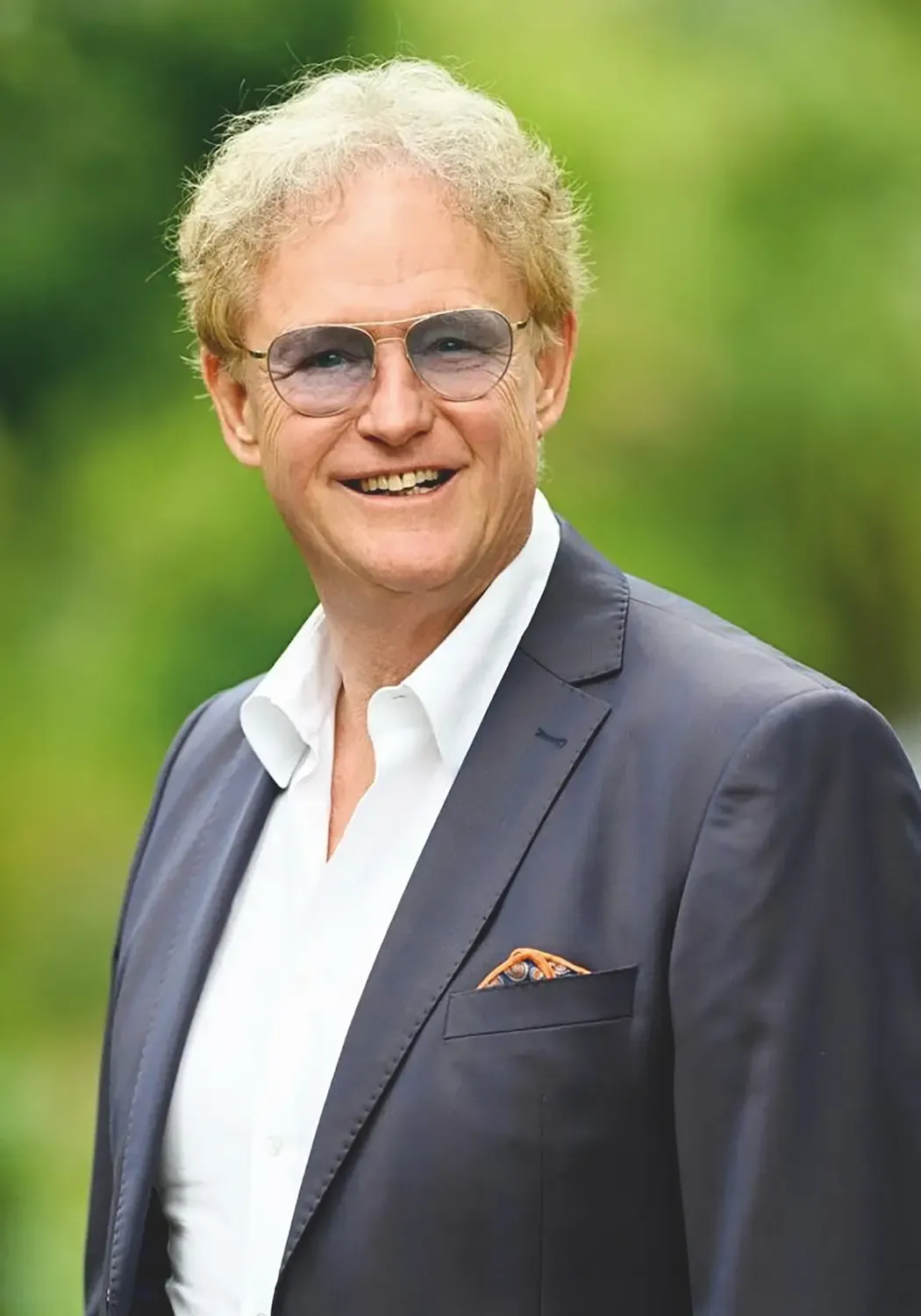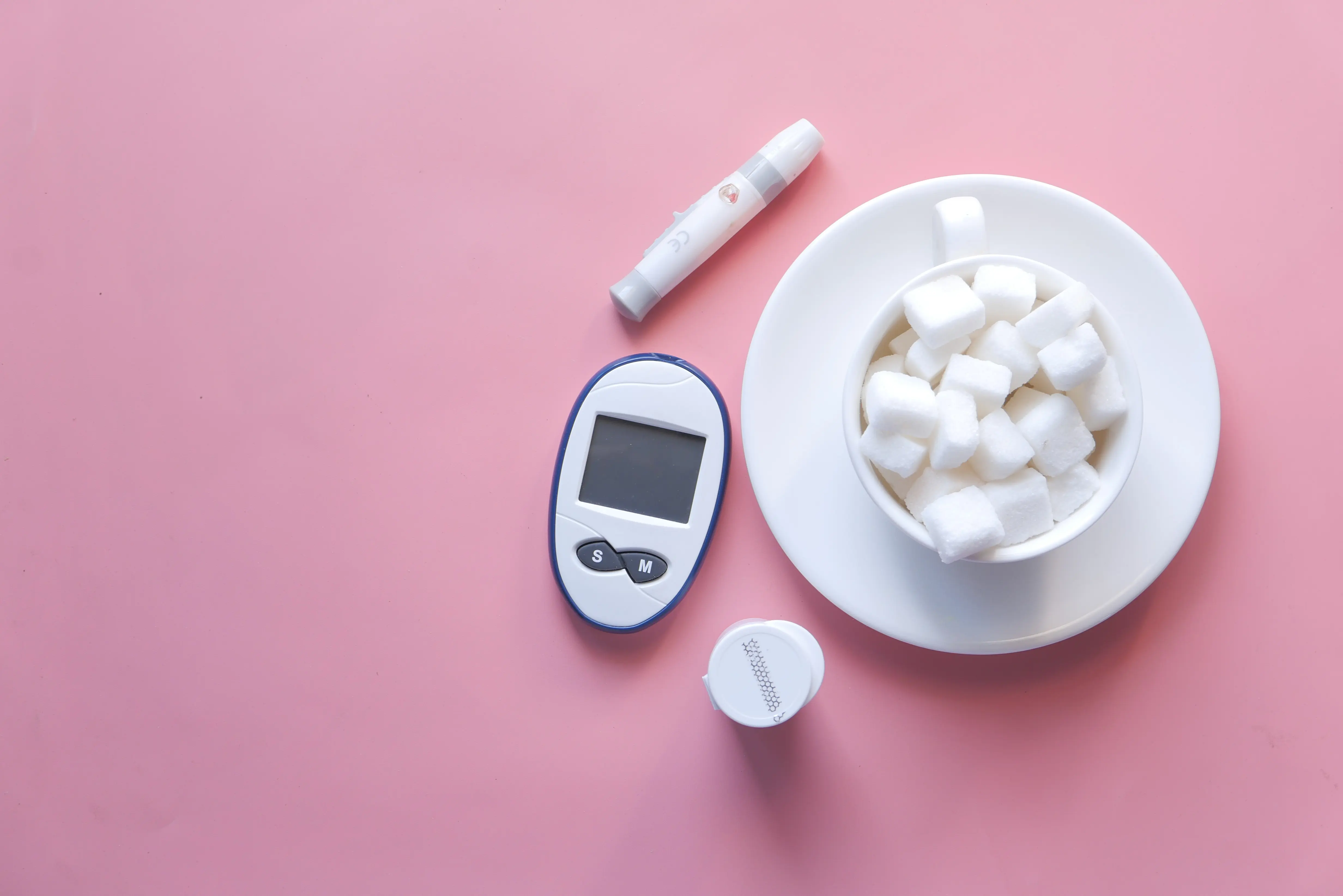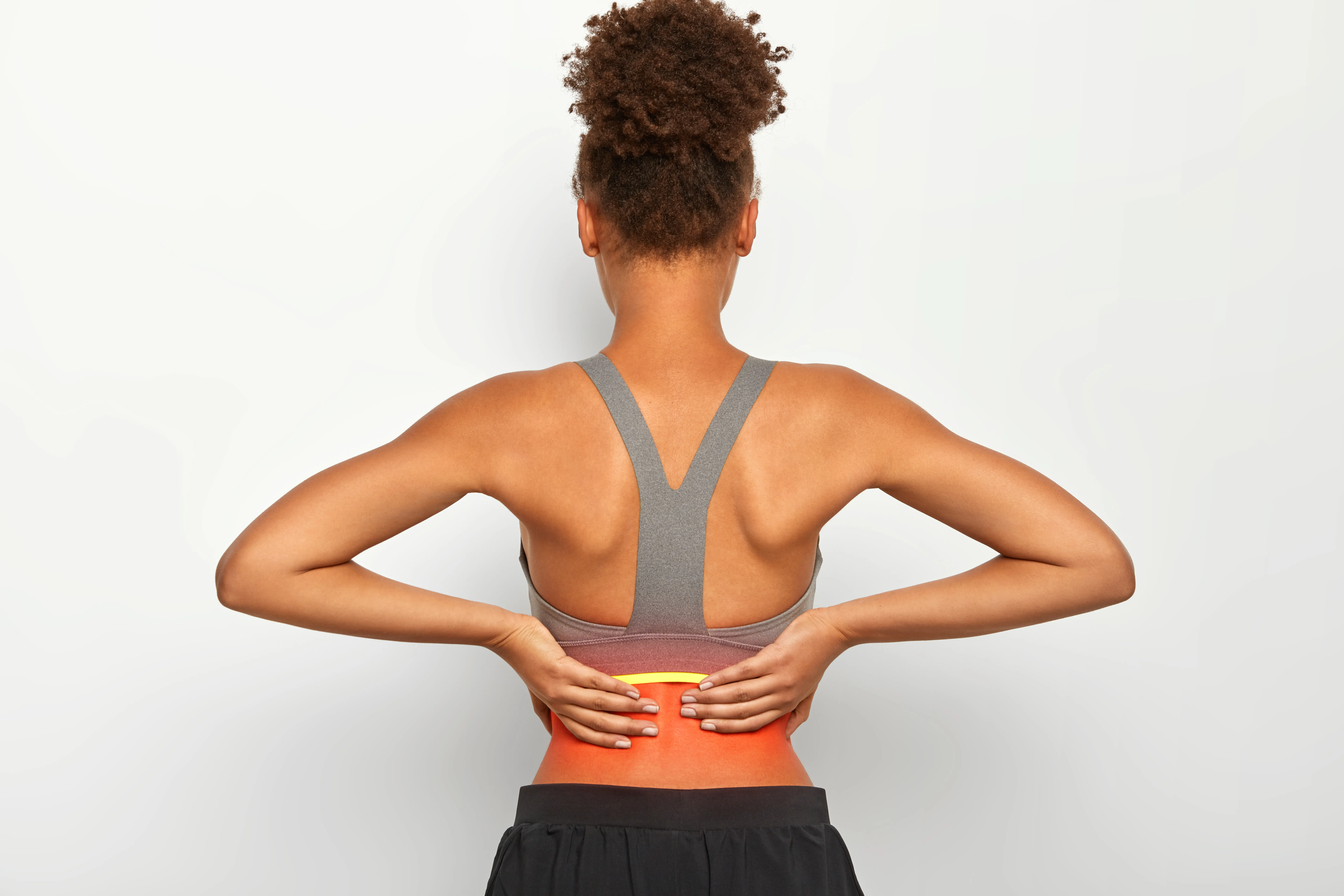Other Treatment Methods
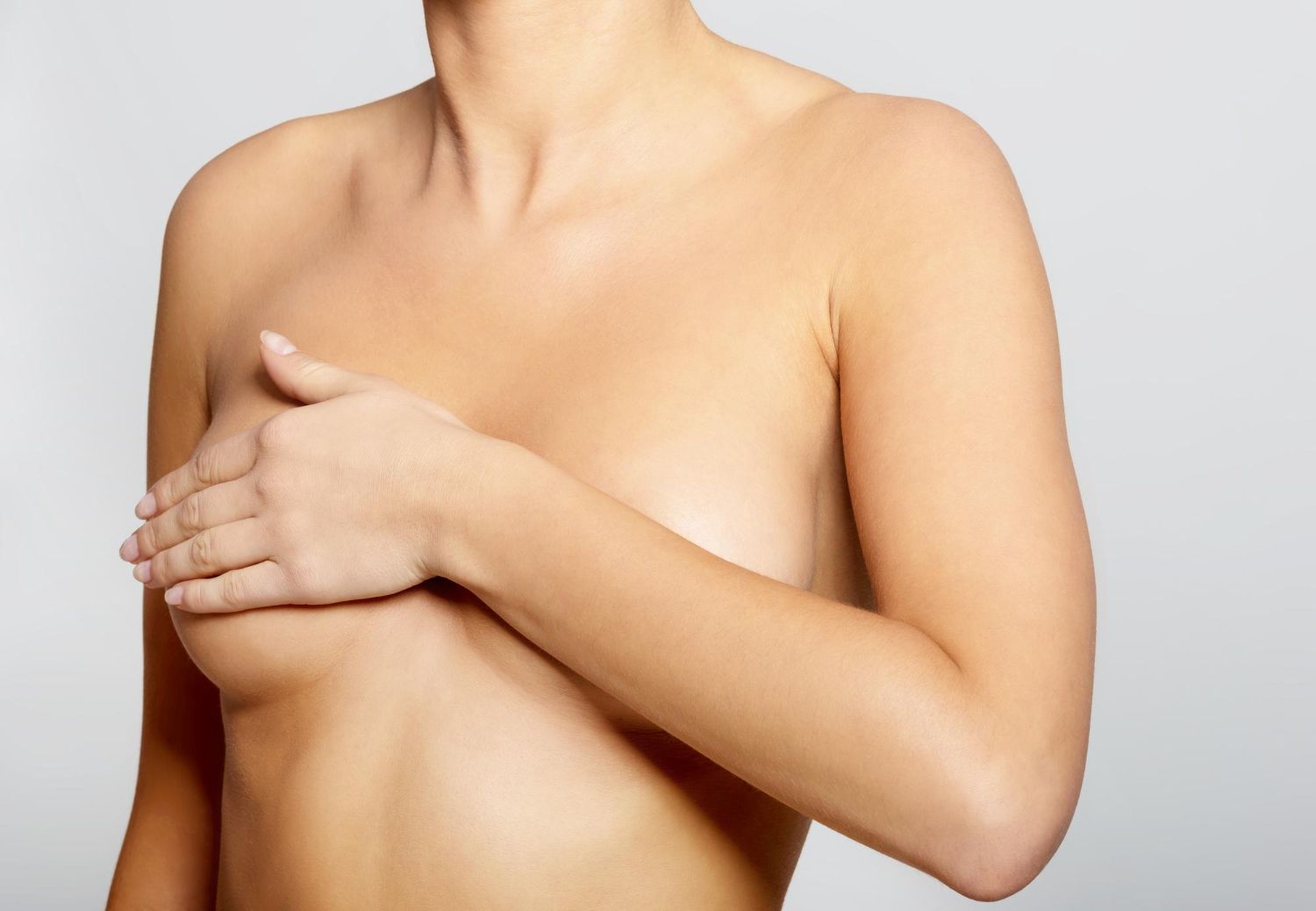
Breast reconstruction
The removed breast or part of the breast can be replaced and symmetry restored, but the reconstructed side will never look like the healthy breast. Whether and when the procedure is appropriate depends on the stage of breast cancer and the therapy. Sometimes reconstruction can take place in the same operation as the breast removal. In the case of a later reconstruction, at least six months should have passed since the last chemotherapy or radiation.
Procedure of breast reconstruction
Various techniques are available for reconstruction. If there is enough skin and soft tissue, an implant can be inserted. The tissue may be pre-stretched with special expander prostheses.
Reconstruction from autologous tissue is significantly more complex. Tissue parts along with blood and nerve supply are detached from the back, lower abdomen, or buttock region, swiveled into the chest area or freely transplanted and formed into a breast. For nipple reconstruction, a portion of the healthy opposite side is often removed and transplanted. A tattoo forms the areola. Alternatively, the areola can be reconstructed with thigh skin, for example. Breast reconstruction is usually performed inpatient and under general anesthesia.
Risks of breast reconstruction
After the surgery, there are pain, swelling and bruising to be expected. The wounds may become infected or heal poorly. The scars are often very noticeable and only gradually fade over months and years. Excessive scar formation is also possible. A reconstruction from muscle flaps can disrupt movements and alter the body contour in the area where it was taken from. The reconstruction does not affect the cancer.
After the surgery
In the first four weeks after the procedure, the skin sutures should not be subjected to tension. Do not raise your arms above your head. It is also advisable to wear a special bra for three to six weeks.
Other Treatment Methods in this Department
Experts for this Treatment Method
All Experts in this Department
Show All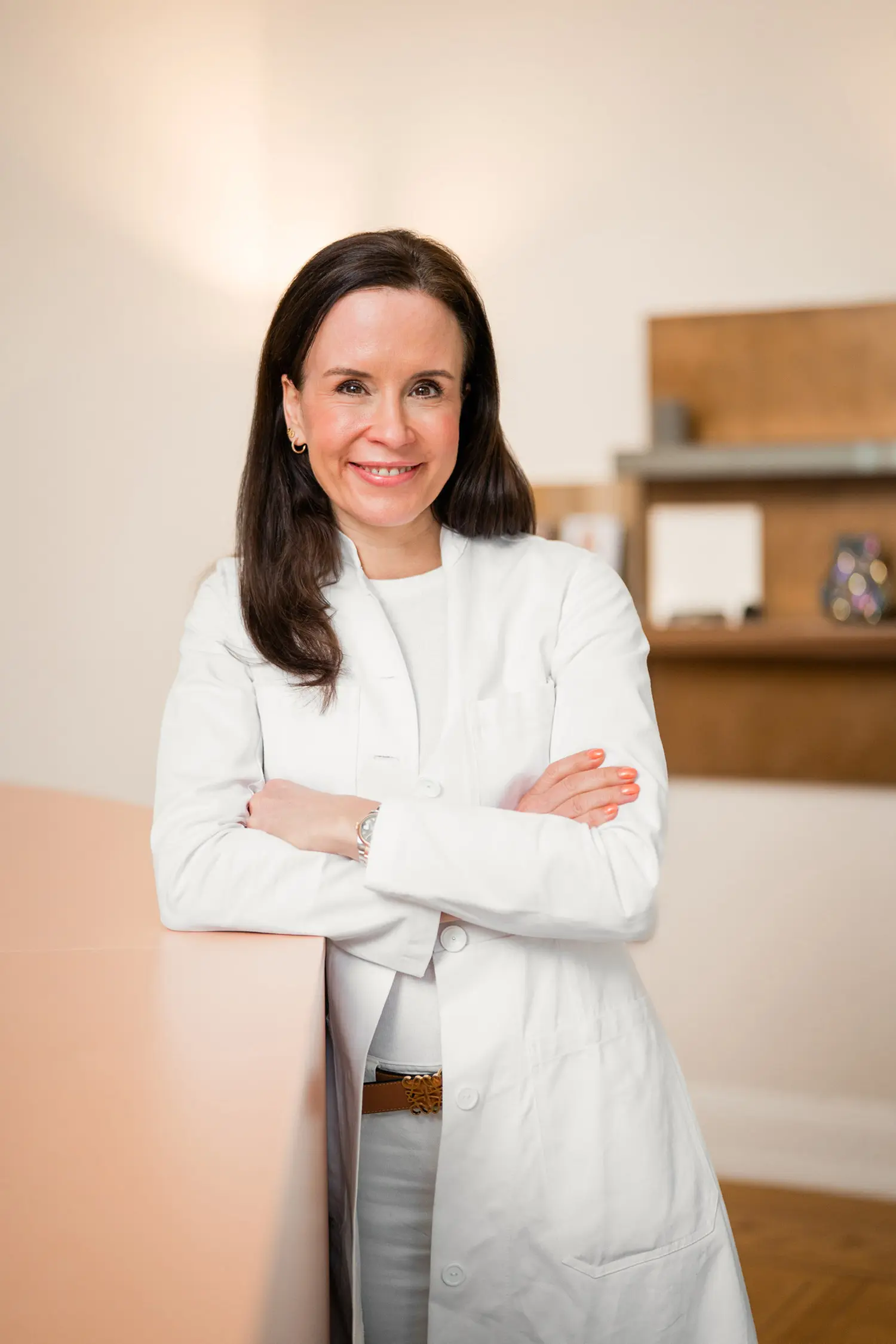
- Aesthetic Surgery & Dermatology
Dr. med. Anna Brandenburg
Dermatologische Privatpraxis Dr. Anna Brandenburg
- Aesthetic Surgery & Dermatology
Prof. Dr. med. Johannes a. Veit
Nasenchirurgie München
- Aesthetic Surgery & Dermatology
Dr. med. Hanna M. D. Halter
Derma Marienplatz
- Aesthetic Surgery & Dermatology
Dr. med. Anette Zimpfer-Keese
Dres. Zimpfer/Zimpfer-Keese MVZ
- Aesthetic Surgery & Dermatology
Dr. med. Daniel Thome
aesthetic and soul
- Aesthetic Surgery & Dermatology
